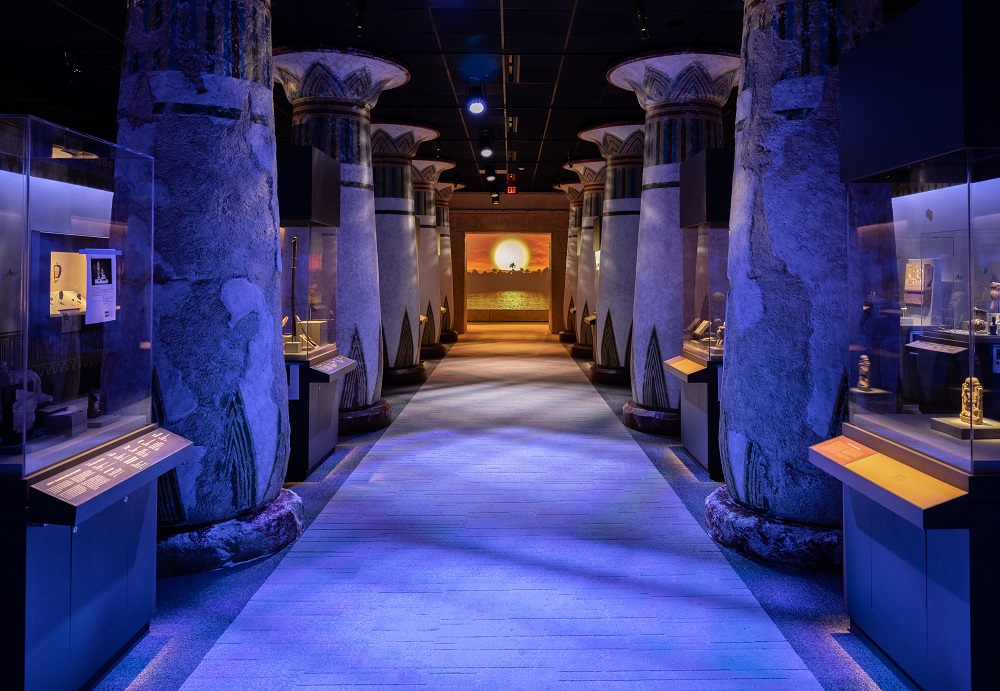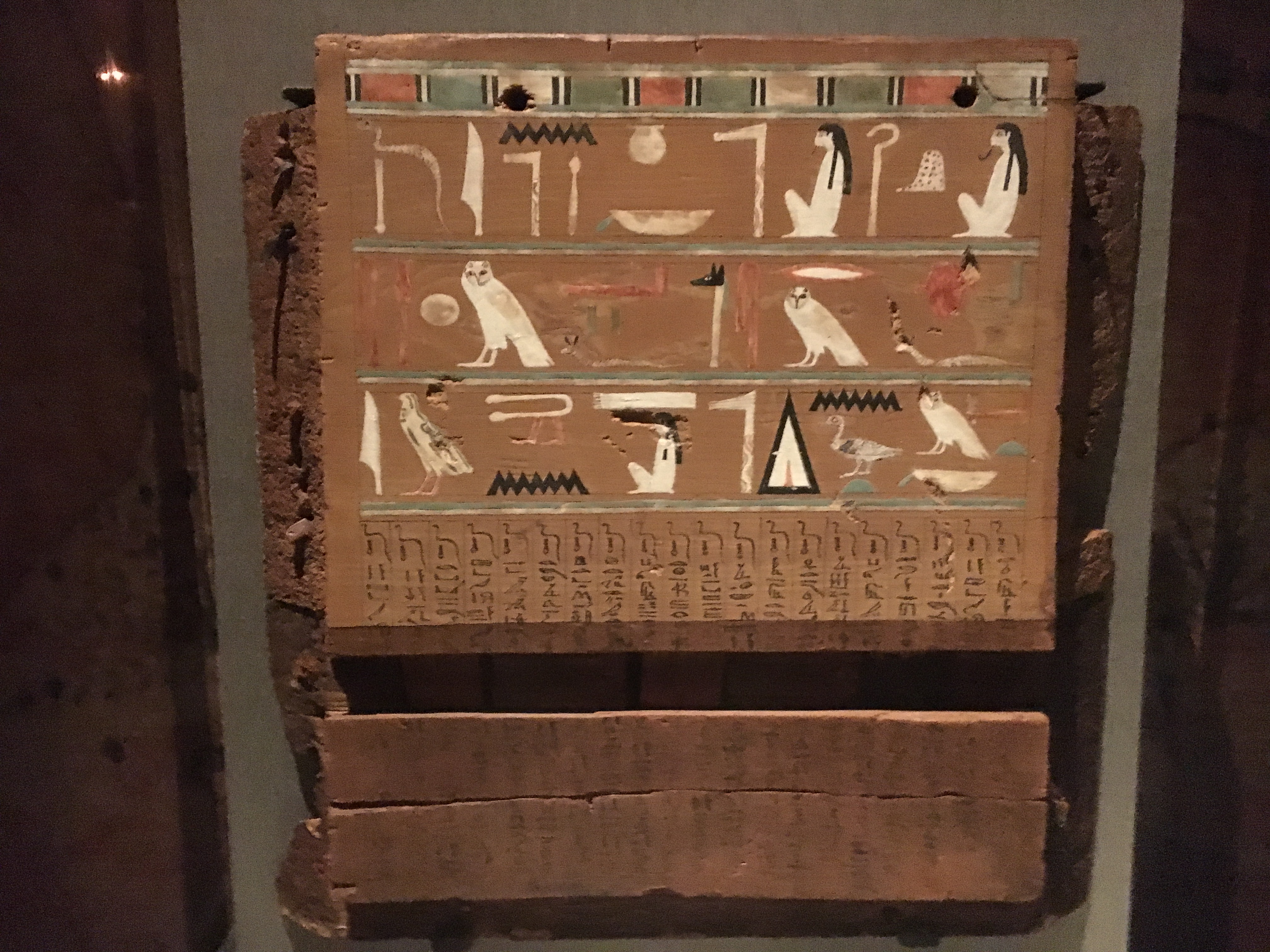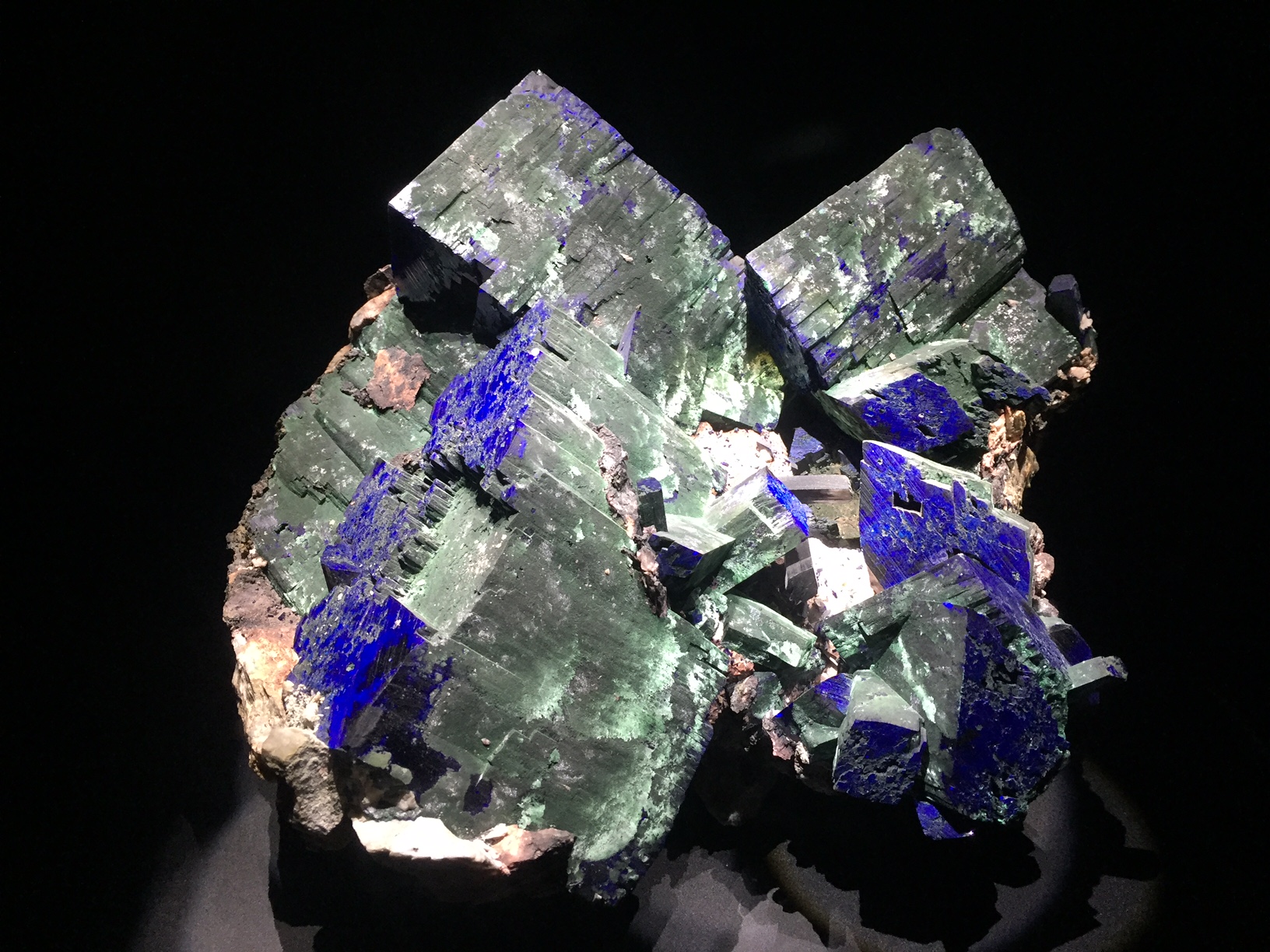Editor’s Note: Peter Lacovara, Senior Curator at Emory University’s Carlos Museum, has worked on numerous expeditions in Egypt and published several books on his work and experience, including The Pyramids and Sphinx, Tombs and Temples of Giza, and Excavating Egypt: Great Discoveries from the Petrie Museum of Egyptology. Other blogs in this series can be found here.
While not nearly as well known as his father’s temple at Abydos, Ramesses II also built a temple there which is open for tourists to see. While it is smaller, less well-preserved and not as finely carved as Seti’s temple, Ramesses II’s monument is notable for the vivid color that is preserved on many of the remaining walls.
 Many of the kings of the New Kingdom built temples at Abydos to honor Osiris at the edge of the desert, but few are well preserved. Ramesses’ temple used both limestone and sandstone along with black granite for the doorways and alabaster for the central shrine. This temple was built during his early reign, when he ruled alongside his father, and the quality of some of the carving approaches that of Seti.
Many of the kings of the New Kingdom built temples at Abydos to honor Osiris at the edge of the desert, but few are well preserved. Ramesses’ temple used both limestone and sandstone along with black granite for the doorways and alabaster for the central shrine. This temple was built during his early reign, when he ruled alongside his father, and the quality of some of the carving approaches that of Seti.
While Osiris was the chief god worshiped here, many other deities where honored in the temple. A head of the god Amun with ram horns and filled in with blue paint, now in the Michael C. Carlos Museum, may have come from this very destroyed structure.








